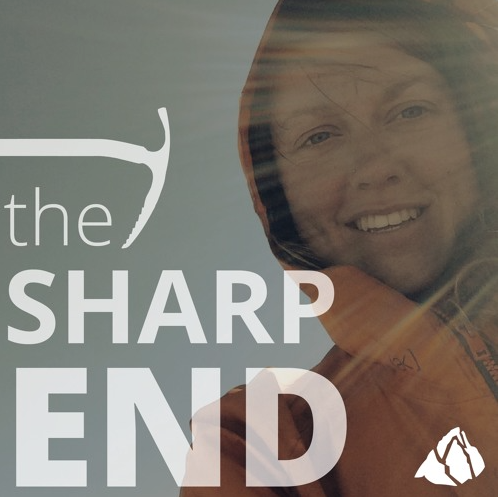Stranded — Insufficiently Prepared
Canada, Alberta, Banff National Park, Deltaform Mountain
On August 4, two climbers spent most of the day approaching and climbing the first part of the Flying Buttress route (D+, 5.8) on Deltaform Mountain. This route sees very few ascents in a regular year and, as with most of the routes in the Valley of the Ten Peaks, is renowned for its loose rock.
The party had planned on getting a predawn start from the Moraine Lake parking area but ended up having to wait some time for a parking spot to become available. After starting up the approach trail and realizing one of them had forgotten a key piece of gear, they were further delayed by having to run back to the car to retrieve that item.
Once on the route, due to the exceptionally loose rock, upward progress was significantly slower than the climbers had anticipated. They had planned to bivouac near the summit but by nightfall had only ascended about 300 meters (984 feet) up the 800-meter (2,600 foot) climb. The group was lucky to find a broad ledge on which to spend the night. Overnight, the party grew more and more anxious about continuing up the climb, and when morning broke, they used their SOS device to call for a rescue.
ANALYSIS
In the era of an exploding climbing population and social media, some climbers may choose objectives based simply upon climbing grades or Instagram posts. These climbers were not from the Canadian Rockies. A week prior, they had seen a social media entry written by an experienced local alpine climber suggesting the route was a classic and in fine shape. The climbing party put a lot of weight on this single piece of information, which may have influenced them to underestimate the seriousness of the route. Both were strong technical climbers with experience on solid granite cliffs but had significantly less experience dealing with the Rockies, and overestimated their ability to manage the remote and loose terrain. Choosing a less committing and better traveled route as a warmup to the area might have helped them adjust their expectations and gear list appropriately.
The party was underprepared for such a long and involved route. Although they had enough food and warm clothes for one open bivouac, they did not carry enough water to continue for multiple nights. In addition, they did not have the appropriate rope or rack for reversing the route. Other than continuing to the top, their only way off the mountain was to call for a rescue.
Helicopter rescue is complex and carries a significant amount of risk to the rescuers. In this case, it was possible for the rescue team to be inserted directly beside the climbers to sling them out. Shortly after the rescue was completed, however, the winds dramatically increased, rendering helicopter use impossible. All climbers should be prepared and capable of descent and self rescue. Only look to external rescue as a last resort if an accident occurs or there are no other options. (Source: Parks Canada.)


